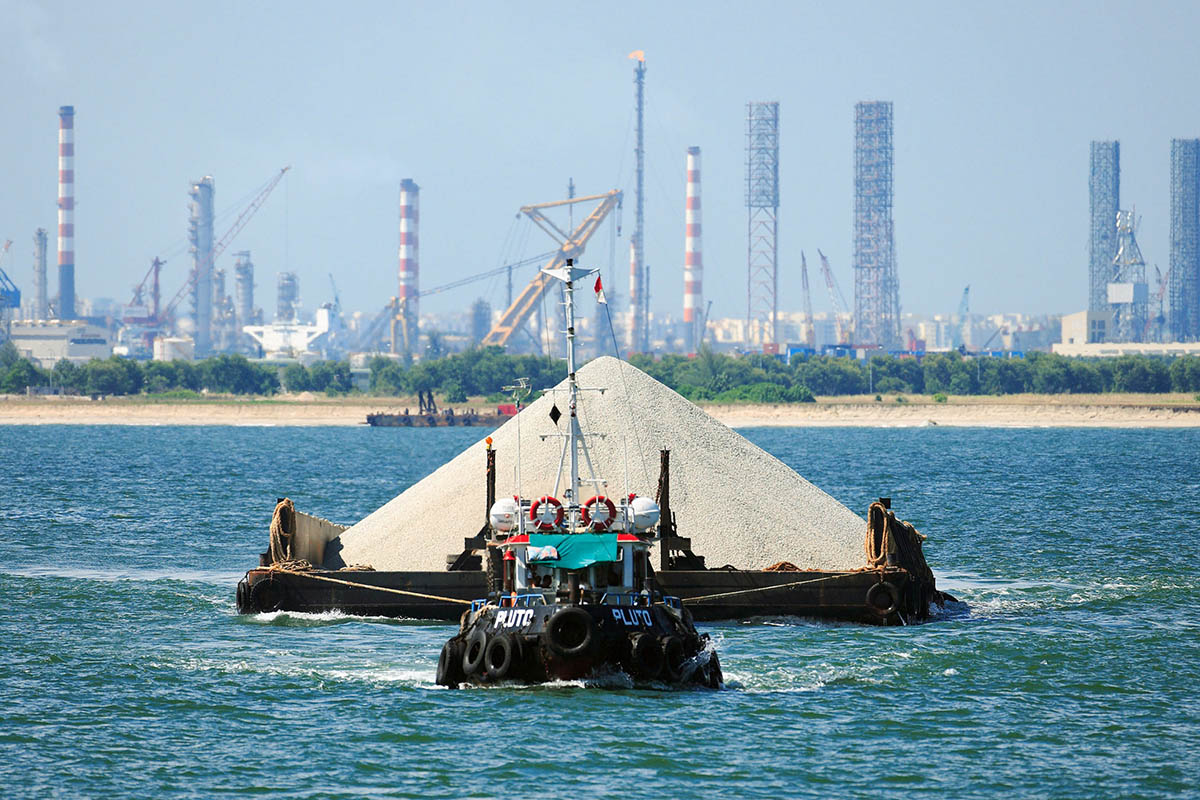In Singapore, sand is just as precious a resource as oil and water. Securing a steady supply is proving to be trickier these days.
By filling the sea along its coasts with imported sand, the tiny island nation has expanded its physical size by about 24 percent since 1960, according to data from the Singapore Land Authority.
At just 278 square miles, the country is smaller in size than New York City. Yet some of Singapore’s key assets – like its shipping port, one of the world’s busiest, and the airport, which is rated among the world’s best – currently sit on land that didn’t previously exist. Same goes for many of the new skyscrapers that make up the iconic skyline of the city, like the Marina Bay Sands hotel and casino.
Getting a steady supply of sand to keep extending the shoreline has become more complicated over the years. Singapore’s biggest suppliers in the past, including Indonesia and Vietnam, have halted some sand exports amid environmental concerns and political considerations about shipping lanes and territorial boundaries.
In July, Cambodia became the latest country to ban sand shipments to Singapore following pressure from activists alarmed by the negative consequences of massive dredging on coastal mangroves.
Singapore imported 38.6 million tons of sand last year, according to data from the United Nations, with more than half of that coming from Malaysia. Authorities there reviewed a decision last year on a total ban, allowing purchases on a case-to-case basis, according to Malaysia’s Ministry of Natural Resources and Environment.
Singapore’s government says it has measures in place to ensure it’s prepared for a disruption in sand imports, “such as tapping on other sources from a diverse range of countries” and seeking alternative ways to reclaim land.
“We will also continue to explore new and innovative means to reduce Singapore’s reliance on sand,” the Ministry of National Development said in a response to questions. For example, Singapore has been recycling excavated materials from construction sites to use in some projects, and last year, it piloted a new method to reclaim land that uses less sand than traditional ways, it said.
The government has plans to continue expanding its land size and said in a 2013 proposal that it expects to increase its land size to 296 square miles by 2030 to further support economic and population growth. The proposal is undergoing its regular review, according to the Ministry of National Development. – Bloomberg
Recommended stories:
